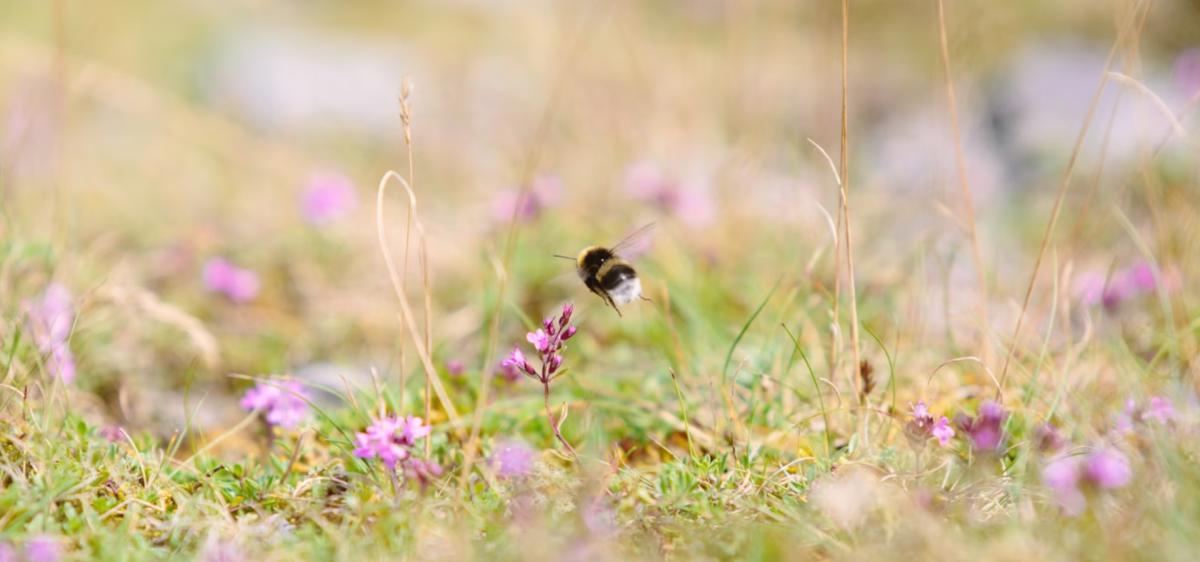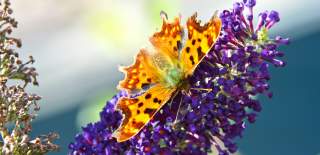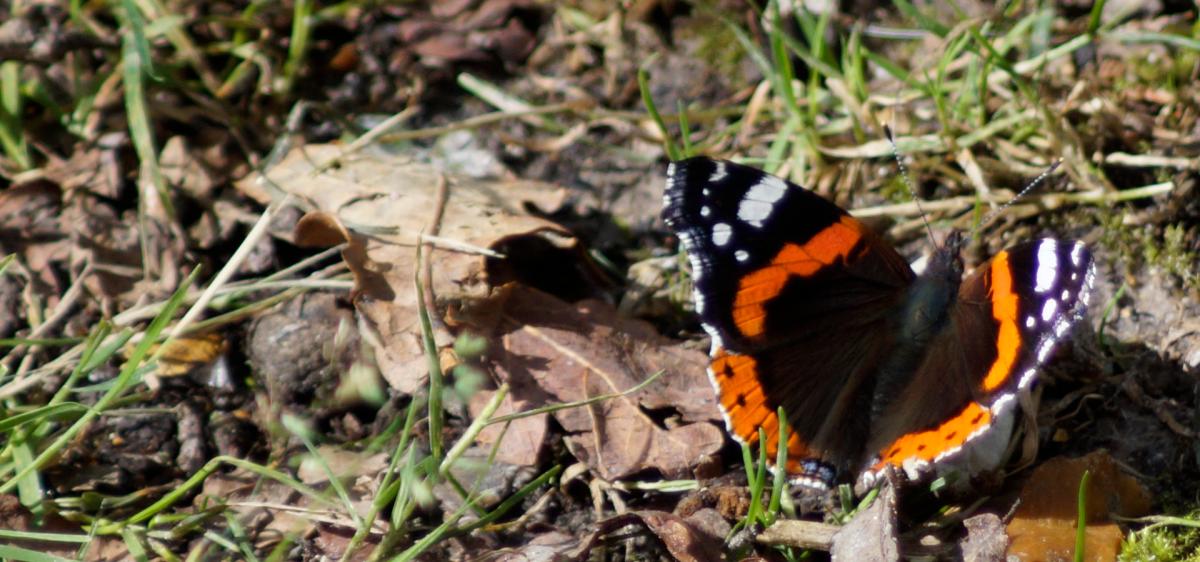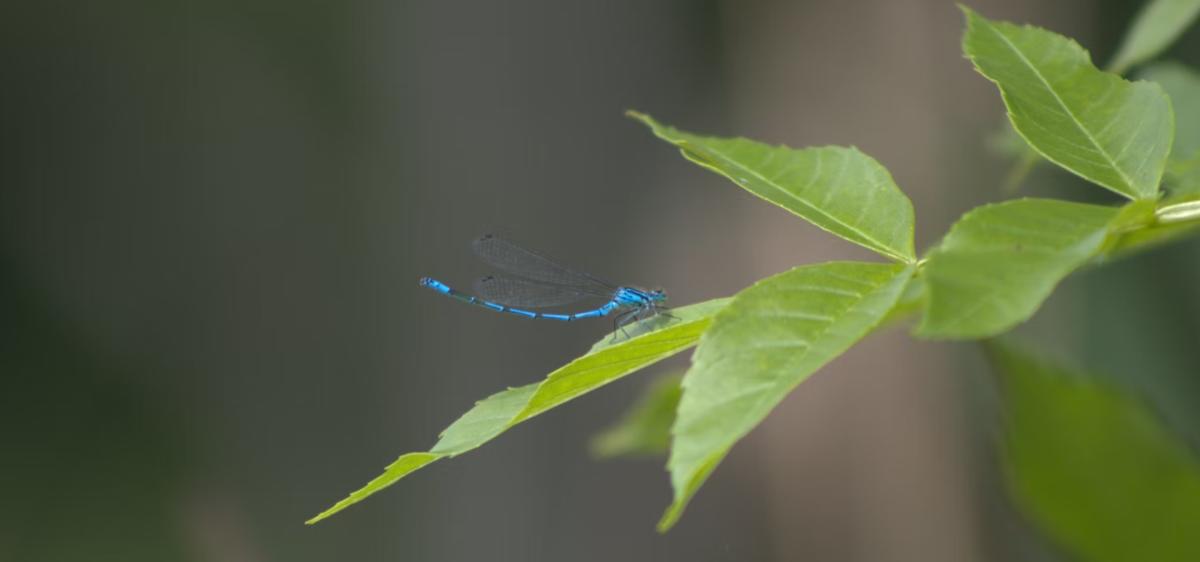Insects and Pollinators in the New Forest
From wildflower meadows to ancient woodland rides, the New Forest is a sanctuary for thousands of insect species - many of which play a vital role in pollination and ecosystem health. These small but mighty creatures are essential to the New Forest's food web and biodiversity.
Key insects and pollinators of the New Forest:
-
Bees – from common bumblebees to rarer species like the solitary mining bee
-
Butterflies & moths – including the silver-studded blue and the rare marsh fritillary
-
Hoverflies – important pollinators often mistaken for bees
-
Beetles – such as the impressive stag beetle, which thrives in ancient woodland
-
Dragonflies & damselflies – found around wetlands and streams
-
Ants, wasps & other pollinators – overlooked but essential for soil health and seed dispersal

The New Forest's role in supporting insects
The New Forest offers a rare blend of ancient woodland, heathland, grassland and wetlands - habitats that support more than 3,500 species of insects, including some that are nationally scarce. Pollinators benefit from the abundance of wildflowers, flowering trees and shrubs, while dead wood, undisturbed soils and open glades offer nesting and overwintering spots.
Butterflies and moths
The New Forest is a hotspot for butterflies, with over 40 species recorded. Heathlands are home to the silver-studded blue, which depends on a close relationship with ants for survival. Look out for pearl-bordered fritillaries, white admirals, and in the evenings, you might spot night-flying moths like the emperor moth. Woodland rides and glades are especially good places to spot these delicate creatures on warm days.
Bees, hoverflies and wasps
While honeybees are well-known, many of the New Forest’s bees are solitary or bumblebees, nesting in sandy soils, old burrows or dead wood. The heath bumblebee, now rare elsewhere, still thrives here. Hoverflies, with their bright patterns and bee-like appearance, are excellent pollinators too. Wasps also play a part - not only in pollination but in keeping pest species in check.
Beetles, bugs and more
The New Forest is home to one of the UK's largest populations of the stag beetle, a species that relies on old, decaying wood. Other woodland beetles, such as the cardinal beetle and click beetle, can be seen on warm days. Wetlands and ponds support water beetles and bugs, contributing to the area’s ecological richness.
Dragonflies and damselflies
The clean, still waters of ponds like Eyeworth Pond are ideal places to see broad-bodied chasers, southern hawkers, and beautiful demoiselles flitting low across the water. These dazzling insects are both predators and pollinators, helping keep insect populations balanced.
Where to spot insects and pollinators in the New Forest
-
Eyeworth Pond – ideal for dragonflies and damselflies
-
Roydon Woods Nature Reserve – a haven for butterflies and woodland insects
-
Wilverley Inclosure – great for beetles and butterflies in sunlit clearings
-
Beaulieu Heath – prime habitat for heathland bees and silver-studded blue butterflies
-
Blashford Lakes – wetland species, hoverflies, and seasonal butterfly walks
Supporting insects and pollinators
Insects are under pressure across the UK, but in the New Forest, conservation efforts are helping many species thrive. You can support them too:
-
Stick to the paths – especially during nesting and breeding seasons
-
Leave no trace – litter can trap or harm small invertebrates
-
Avoid pesticide use – even in your own garden, if you're local
-
Plant for pollinators – if you live nearby, choose native wildflowers and flowering shrubs
-
Support local conservation – like the work of the Hampshire & Isle of Wight Wildlife Trust
Learn more
For more information, visit the New Forest Reptile Centre or join a guided nature walk with Wild New Forest. Local wildlife groups often offer workshops and events focused on butterflies, moths and pollinators.
You can also visit the New Forest Heritage Centre in Lyndhurst for family-friendly exhibits on the New Forest’s ecology.



